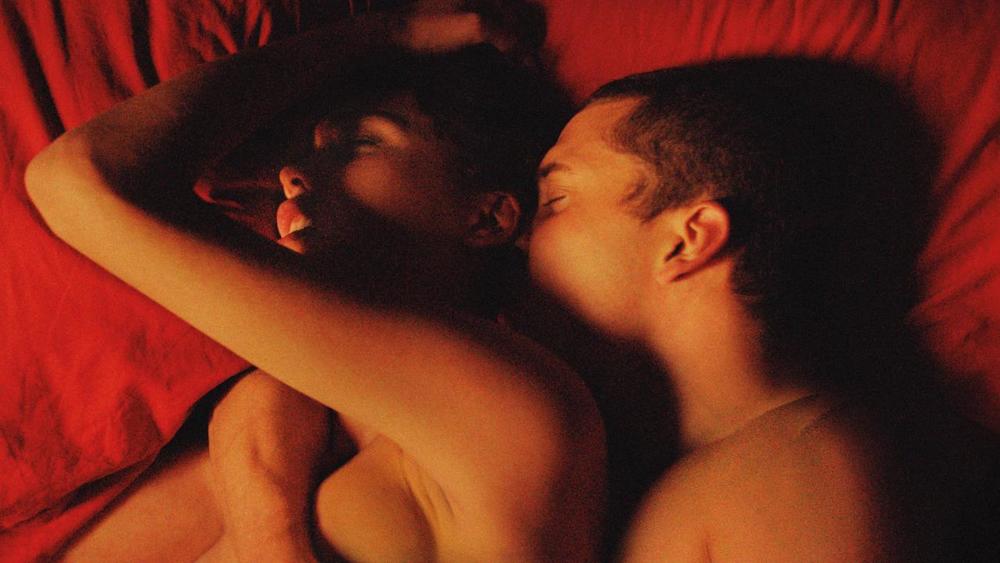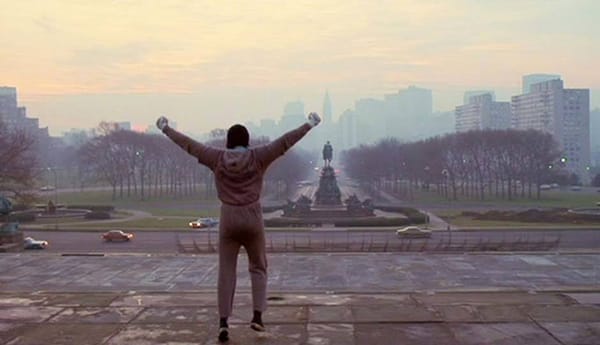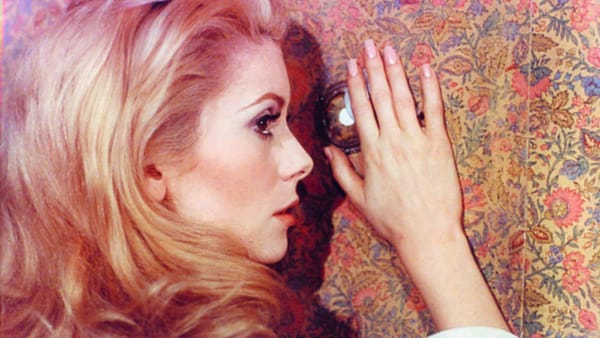It's a no for Noé
Wooden acting, clunky dialogue, and childish themes mean Love fails to light a fire

In the film Love, the walls in protagonist Murphy’s (Karl Glusman) bedroom seem to serve as a mission statement for Argentinian director Gaspar Noé: plastered with posters for shocking art-house fare – Pasolini’s Salo, Warhol’s Frankenstein 3D, Tod Browning’s Freaks – it is clear to us that one day Noé wants to take his place among the auteurs of upset, the unsettlers of the staid filmgoer. But to achieve this you really need to be able to produce something shocking and offensive; unfortunately for Noé, boring your audience to the point of nausea doesn’t count.
The barely-there plot of Love is straightforward: we are introduced to Murphy on New Year’s Day, hung-over, the warm domesticity of his life (cherubic son feeding him cereal, girlfriend teasing him for gaining weight) is shattered by his nihilistic inner monologue, which declares that his ‘life is shit’. He still pines for his ex-girlfriend, Electra (Aomi Muyock), who encouraged him to take part in a threesome with their 16-year-old neighbour Omi (Klara Kristen), this led Murphy to cheat on Electra with Omi, who subsequently became pregnant, upturning his life and trapping him in a bucolic paternalism. But really the plot’s function is the engine that drags us from one artful sex scene to another.
Forget lars von Trier, Noé is cinema's true sadist
It is true that Noé has a sense of style: the shots are all well-lit, with excellent cinematography from Benoît Debie (so far removed from his work on the lurid Spring Breakers), giving the frames a grainy, authentic, film-like quality. Noé takes an unconventional approach to the idea of the jump cut, interspersing each take with a second of black screen. This heightens the photographic quality, giving us the sense we are travelling backwards and forwards through Murphy’s memories, as if on a Kodak carousel. Unfortunately, it also means that, from the 90-minute mark onwards, there are innumerable occasions where we think the film has finished, the screen switching to black, only to have our hopes cruelly dashed – forget Lars von Trier, Noé is cinema’s true sadist. It also brings attention to the bloated runtime of 135 minutes, which possibly comes from having Noé act as his own editor; removing the blank shots in favour of a Godardian approach would have saved the audience about 15 precious minutes of torture.
Aside from Noé’s style, and the excellent, eclectic soundtrack, pretty much everything else in the film is poor. The script, in particular, is clunky, full of aphorisms about love and death that are toe-curlingly humiliating. Noé’s decision to use non-professional actors has certainly not paid off, and while we may perhaps admire him for the gamble, admiration does not a good film make. It is difficult to tell where the wooden acting ends and the bad dialogue begins, really. Perhaps the actors would have done better with a competent script, or perhaps the script would have been better serviced by experienced actors – we will never know.
What is perhaps most unsettling about the screenplay is the sheer unfamiliarity of people and places: the characters are all supposed to be ‘real’ people, but I have never, never, met anyone who behaved or spoke in such a contrived way; the film provisionally takes place in Paris, except the fact that everyone speaks perfect English. It adds up to a sense of falsity the film can’t shake off, not even with the unsimulated sex scenes.
And onto these scenes: Noé wants to bring back the sense of ‘warmness’ he identified in 1970s and ‘80s erotica; or, in the words of Murphy, one of many characters representing the director, wants to “make a movie that truly depicts sentimental sexuality”. So, does Noé achieve this? Well, let’s take a brief overview of the evidence. Watching the numerous sex scenes, which recur through the film like a persistent case of herpes, here are things I thought about during these unwelcome interruptions to the narrative: whether or not I need to order new contact lenses, the discography of Funkadelic, knitting, the soup I had waiting for me at home, Fran Lebowitz, the use of ‘winter’ as a verb. Here are things I did not think about: sex.
Love has such little sexual charge it's like being hit in the face with a carrier bag full of dead batteries
You see, there is an issue with sex scenes in cinema: it’s not that they’re offensive, or shocking, but really that they’re mind-numbingly boring. Noé’s scenes, despite their masterful lighting, have such little sexual charge it’s like being hit in the face with a carrier bag full of dead batteries. Above all, the film is juvenile, embarrassingly so. It’s the kind of minor work that a director would make at the beginning of their career, and regard later on with a kind of warm, slightly-cringeworthy affection. From the couple’s decision to name their child Gaspar, to Noé’s cameo as an art gallery owner who fucks Electra against a wall a couple of scenes after being introduced, the entire thing is endlessly self-referential.
What Love really managed to do was make me long to watch other films – hardly a ringing endorsement. The flaccid erotica on display made me long for the summertime sensuality of Luca Guadagnino’s I Am Love, or the shimmering sexual mirage of Alain Guiraudie’s Stranger by the Lake; the wooden dialogue, which comes down on the audience with such force it could constitute a deadly weapon, made me yearn for the remarkable script of Richard Linklater’s Before… trilogy, and the entire experience – so nauseating in its pretentiousness, in its elevation of style over any simulacra of substance – made me ache to get home, put on a miserable British social realist film, and scrub the entire 135-minute experience out of my mind
Final Verdict: 1.5 Stars









